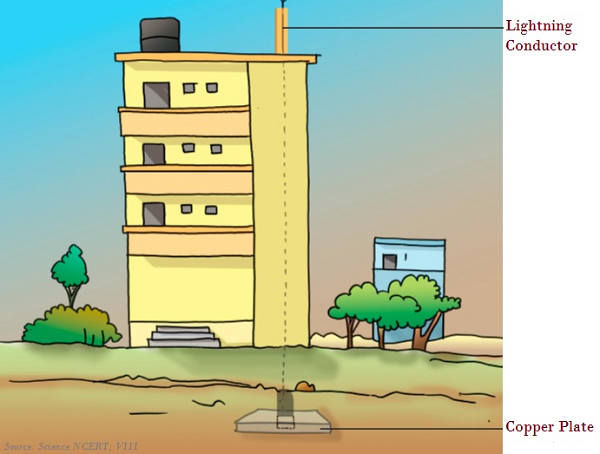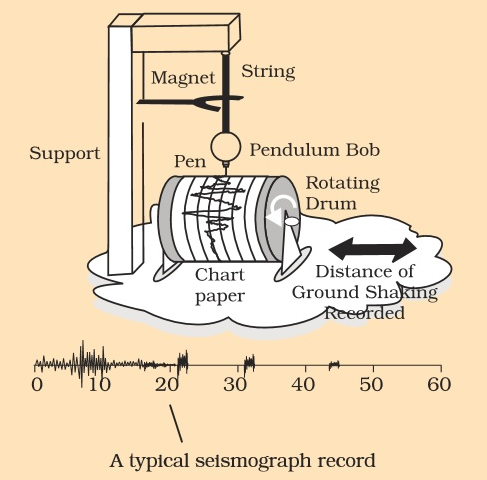
- Physics Notes for UPSC IAS Prelims (Part I)
- Physics - Home
- Physics - Force and Pressure
- Physics - Friction
- Physics - Some Natural Phenomena
- Physics - Motion
- Physics - Force and Laws of Motion
- Physics - Gravitation
- Physics - Mass and Weight
- Physics - Work and Energy
- Physics - Light
- Physics - Reflection and Refraction
- Images Formed by Spherical Mirrors
- Physics - Refraction of Light
- Physics - Spherical Lenses
- The Human Eye & Colorful World
- Refraction of Light Through a Prism
- Physics - Electricity
- Chemical Effects of Electric Current
- Magnetic Effects of Electric Current
- Physics - Electric Motor
- Physics - Source of Energy
- Physics - Sound Part I
- Physics - Sound Part II
- Speed of Sound in Different Media
- Physics - The Solar System
- Physics - Stars and The Solar System
Physics - Some Natural Phenomena
Introduction
Lightening, cyclone, earthquake, etc. are the natural phenomena.
Benjamin Franklin, an American scientist, showed that the lightning and the spark from clothes are essentially the same phenomena.
When a plastic comb is rubbed with dry hair, it acquires some charge and the object is known as charged objects.
When charges move, they constitute an electric current.
Some natural phenomena can cause large scale destruction of human life and property.
Lightning
The process of transferring of charge from a charged object to the earth is known as earthing.
When negative and positive charges meet, it produces streaks of bright light and sound and the process is known as an electric discharge.
The process of electric discharge also occurs between two or more clouds, or between clouds and the earth (as shown in the image given below).

During the lightning and the thunderstorm no open place is safe.
Electrical appliances such as computers, TVs, etc., should be unplugged; however, electrical lights can be left on, as they do not cause any harm.
The device, used to protect buildings from the effect of lightning, is known as Lightning Conductor.
A metallic rod, taller than the building, is fixed in the walls of the building from top to toes during its construction protects from thunderstorm (as shown in the image given below).

The metal columns used during the fixing of electrical wires and water pipes in the buildings also protect from the thunderstorm and lightning.
If a thunderstorm occurs there is also a possibility of lightning and cyclones.
Earthquakes
An earthquake is a sudden shaking or trembling of some region of the earth for a very short time.
An earthquake is normally caused by a disturbance originated inside the earth’s crust.
Earthquakes keep occurring almost all the time, all over the earth, but most of them are not even noticeable.
The major earthquakes are rare, but very much destructive.
The last major earthquake occurred in India on 8th October 2005 in Uri and Tangdhar towns of North Kashmir and before that a major earthquake occurred on 26th January 2001 in Bhuj, Gujarat.
The earthquakes mostly are caused by the movement of earth’s plates (as shown in the image below).

Earthquakes are also caused by volcanic eruption/activity, when a meteor hits the earth, or an underground nuclear explosion.
The power of an earthquake is expressed in terms of a magnitude and measured on a scale known as Richter scale (as shown in the image given below).

The earthquake, which magnitude is higher than 7 on the Richter scale, is highly destructive.